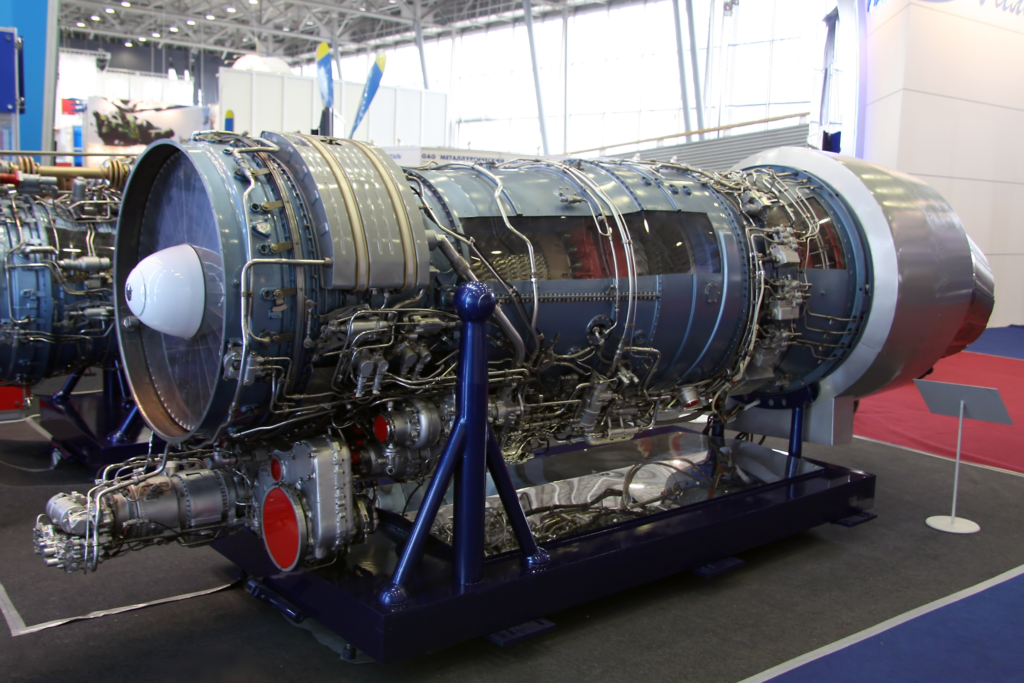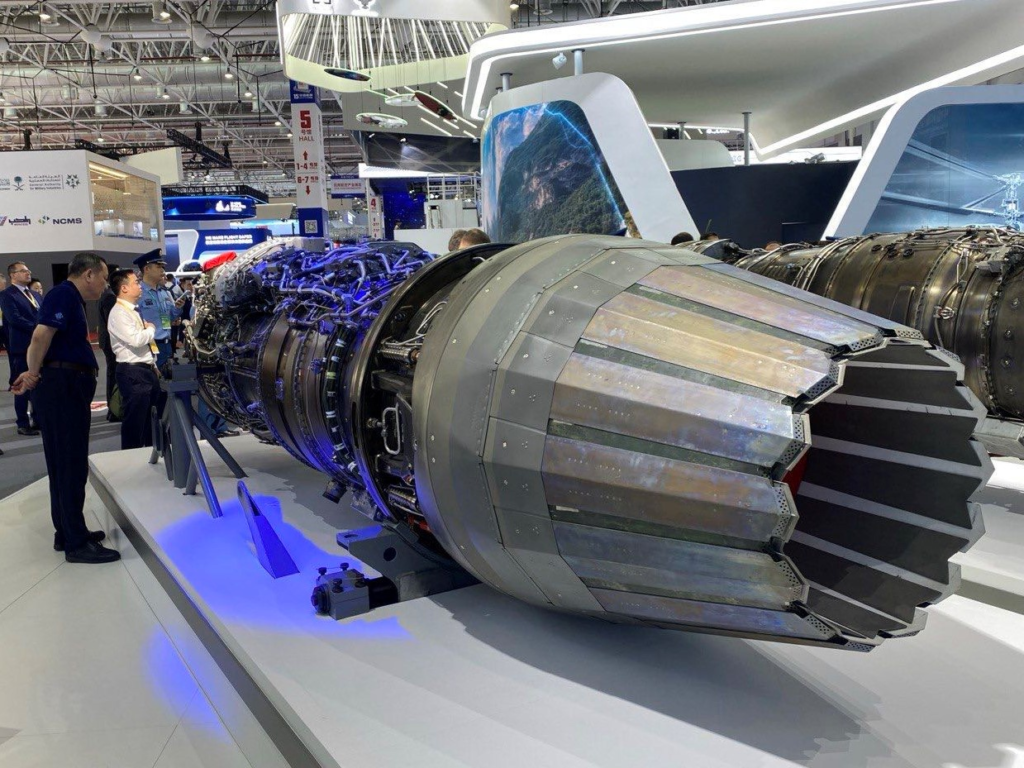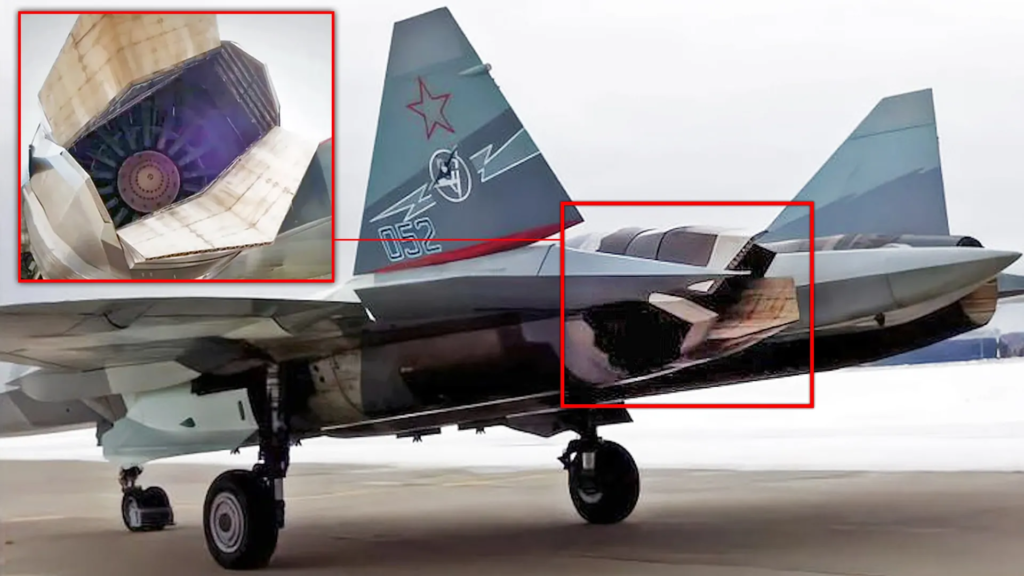By Amanjot Singh
India’s Su-30MKI fleet over 260 fighters remains the backbone of the Indian Air Force (IAF). But the aircraft’s imported AL-31F engines are fast becoming a liability. Performance shortfalls, poor fuel efficiency, and costly overhaul cycles have made them one of the weakest links in India’s combat aviation ecosystem.
Russia has offered two solutions: the AL-41F1S (AL-41), already in service with the Su-35, and the more advanced 177S, a next-generation derivative. Both represent significant steps up from the AL-31, but each carries very different strategic implications for India.
The Legacy Engine: AL-31F
The AL-31FP powering the Su-30MKI is derived from the 1980s AL-31F baseline.
• Dry thrust: ~7,600–7,800 kgf
• Afterburner thrust: ~12,500–12,800 kgf
• Specific fuel consumption (SFC): ~0.78 cruise, ~2.0 afterburner
• Service life: ~2,500 hours
• MTBO: ~1,000 hours
When first inducted, it was cutting-edge. But by today’s standards, the AL-31 suffers from low efficiency, high maintenance costs, and limited service life, making it unsuitable for sustaining India’s frontline force into the 2030s.

The Bridge Upgrade: AL-41F1S
The AL-41F1S, also known as the 117S, is already integrated into the Su-35 and Su-30SM2. It offers immediate, proven improvements with moderate integration effort.
• Dry thrust: ~8,800–8,900 kgf
• Afterburner thrust: ~14,500 kgf
• SFC: ~0.67 cruise, ~1.9 afterburner
• Service life: ~4,000 hours
• MTBO: ~1,000 hours
For India, the AL-41 is a low-risk, short-term fix. It doubles service life, improves thrust, and cuts fuel burn. Most importantly, it’s a plug-in replacement derived from the AL-31 family, reducing redesign costs.

The Leap Forward: 177S
The 177S represents a deeper generational jump, borrowing technology from the AL-51 (Izdeliye 30) engine of the Su-57 while remaining in the AL-31/41 category.
• Dry thrust: ~9,500–9,800 kgf
• Afterburner thrust: ~15,000–15,200 kgf
• SFC: ~0.63–0.65 cruise, ~1.85 afterburner
• Service life: ~6,000 hours
• MTBO: ~1,200–1,500 hours
Compared to AL-41, the 177S brings longer life, higher efficiency, and more thrust, giving Su-30MKIs better endurance, payload capacity, and high-altitude performance against China and Pakistan.

Why Russia Didn’t Adopt AL-177S
Unlike the AL-41, the 177S will be never widely adopted by the Russian Air Force. The reasons are revealing:
- Funding Leverage – Moscow prioritized the Su-57’s AL-51 and had no budget for mass-producing AL-177S. Instead, it looked for an export customer India being the prime candidate to bankroll the full-swing development and certification.
- Export-First Design – The AL-177S was packaged as a premium export product, offering foreign buyers next-gen performance without compromising Russia’s own fifth-gen roadmap.
- Domestic Focus on AL-41 – For Su-30SM upgrades, Russia opted for the AL-41F1S, already in series production, rather than opening a parallel supply line.
In essence, the 177S exists because Russia wants someone else to pay for it and India fits that bill.

India’s Strategic Choice: Short-Term Fix or Long-Term Leap?
- Short-Term – The AL-41F1S is battle-tested and quickly available. For an IAF struggling below 30 squadrons, it restores combat strength within this decade.
- Long-Term – The 177S offers a pathway to extended fleet life, efficiency, and performance into the 2040s. More importantly, it could open doors to technology transfer in advanced metallurgy, turbine cooling, and hot-section design areas India has struggled to access from the West.
Why This Matters
India’s indigenous jet programs, Tejas Mk2 and AMCA are still reliant on imported engines from GE. While AL-177S itself cannot be transplanted into these future aircraft, the know-how transfer could feed India’s domestic engine ecosystem and reduce long-term dependency.
India must adopt a dual-track approach:
1. Procure AL-41F1S now – to stabilize the Su-30MKI fleet with minimal risk.
2. Negotiate 177S technology transfer – even if induction is delayed, securing IP rights today would give India leverage for indigenous programs tomorrow.
The bottom line: AL-41 is a bridge. AL-177S is leverage. India needs both one for combat readiness today, and the other for propulsion independence tomorrow.

There are too many ifs and buts. No decision is taken. Then India has to pay 2-3 times the cost
Get both. Stop
India need to replace Al31F engines of Su30 and go for more advanced stealth higher thrust more endurance life fuel efficient 177S eng.
Be a joint partner foe development and make it in India involving private and MSME.
we are not in hrry and can wait if it takes time for 177S to fulley develop.
But the big guys at the defence Industry especially Mr. Rajnath singh and his comrades , along with the Finance Minister Mrs. Nirmala sitaram and Mr.Modiji who Heads these meetings along with Top Honchos from the IAF need to take a calculated step forward . Depending on their keenness to keep SU30 fleet updated in view of our neighbours status . Just one Sindoor is not enough , we can get more Sindoors from the Chinese side too , why wait and regret , rather be prepared and give it to them lock , stock and smoking barrels .
We are late in this tech field compared to China ( with whom we need to compare ourselves , rather than to be pak obsessed – since the Chinese too are being vocal and affirmative in their approach ) And we need to be one up in tech if we don’t have the numbers the Chinese possess .
on the one hand India is short of funds,that is why it has cut the budget for the next Aircraft carriers, falling fighter squadron etc, on the other hand, we are making parallel expenditure on the same thing, the fighter aircraft engines.
one is collaboration with GE for 414, another is with Safran, don’t know the fate of collaboration with Rolls Royce, there was some talk with Japanese too and now this Russian engine !
This so called “article” is embarrassing. The author seems ill-informed at worst or confused at best between engine designations & terminologies he is supposedly writing about.
AL41F1S was indeed designated as 117s during development phase. This is the engine that has a larger fan and has been in service with SU35 & SU57 for a while now.
The other new development that Russia unveiled in last year’s Zuhai air show is actually 177S. That’s essentially an AL-31 upgraded with 5th gen technologies from AL-51 engine. This is in prototype stage & has not been certified yet for use. Russia is looking for a customer who might be interested in footing that bill & India is interested in 80% TOT on this one, which is where the discussions are at.
Please do your research properly before you attempt to write something.
We can go in for the 177s. After all this is where the world will be heading some years from now. Someone should take a decision in the interest of the country.
why India is not going for Russian AL177s engine with technology transfer and manufacturing licence for upgradation Su30. It also can be fitted in AMCA . G.E. engines are outdated for 5th generation aircrafts. USA is not allowing G.E to export engines to INDIA and delaying in delivery knowing fully so that Indian Air Force power remains downgrade.
Why not to go for Su-57’s AL-51 engine. The AL-51 engine, officially the Izdelie 30, is the planned second-stage engine for the Su-57, with testing underway on prototype aircraft and initial public demonstrations in late 2024, indicating readiness for integration into the Su-57M variant starting in 2025. The AL-51F1 offers improved thrust, better fuel efficiency, lower radar signature due to its novel serrated nozzles, and the ability to super cruise.The engine has undergone public demonstration, suggesting it’s ready for integration..